Our Birdwatching at WMODA blogs continue with a closer look at the Royal Crown Derby paperweights collection, which includes an aviary of bird designs in glistening Imari patterns. Dr. Gwendolen Reasoner will be highlighting some rare birds and other animals during our Celebration of Ceramic Art on Friday, September 20.
Royal Crown Derby is one of the oldest porcelain factories in the world and has enjoyed royal patronage since 1775 when King George III granted the rare honor of incorporating a crown into the factory backstamp. A century later, in 1890, Queen Victoria added to the accolades by bestowing ‘Royal’ in their title. Royal patronage has continued with visits from HRH Prince Charles in 2003 and the late Princess Diana who opened an extension to the Royal Crown Derby museum in 1987.
Royal Crown Derby is particularly famous for their richly decorated Imari tableware patterns in gold, red and cobalt, inspired originally by Japanese export porcelain, and Japanese brocade fabrics. Derby’s ornamental Imari designs have appealed to connoisseurs of fine china since the late 18th century. For many years, the Imari pattern was avidly collected by the British Romany Gypsy travelers, who decorated their Vardo wagons with the richly brocaded patterns. During the 1980s, they were the leading customers at Leather & Snook, the prestigious china shop in Piccadilly, which specialized in Derby designs.
In 1981, Design Director Jo Ledger took Royal Crown Derby in an exciting new design direction when he combined the Imari style with a new collection of animal sculptures. The tactile little sculptures were designed originally as paperweights and the first models were filled with sand. Later examples just have a gold stopper in the base. The first six paperweights, launched during a reception at Chatsworth House in Derbyshire, included five birds and a rabbit modeled by Robert Jefferson. By 1985, there were 16 little birds and animals which soon caught the imagination of collectors. The first withdrawals began in 1987 and were followed by limited edition designs which all added to the popularity of collecting Royal Crown Derby paperweights. Jo Ledger was awarded the Order of the British Empire for his services to the British ceramic industry including his diversification of the Derby giftware range. He modestly claimed to friends that he only received the honor because Margaret Thatcher was a fan of his Royal Crown Derby paperweights and his Royal Cat collection.
There can be few animals or birds on this planet that have not been given the distinctive Derby Imari decoration and collectors can choose their favorite species. During the last 30 years, several sculptors have been commissioned to continue the collection, including Robert Tabbenor who modeled the first limited edition in 1990, a large elephant for Gumps of San Francisco. A variation was later devised for Harrods in 1999. A Crown shaped paperweight was introduced to commemorate the centenary of Queen Victoria’s royal warrant in 1990 and Derby’s royal associations have continued to inspire limited editions to mark Prince William’s wedding to Kate Middleton and Queen Elizabeth’s Diamond Jubilee. The Derby paperweight collection has also included several designs of Romany interest including an Appleby Mare from the famous gypsy horse fair and several styles of gypsy caravans.
Read more about Royal Crown Derby paperweights in the excellent book by Ian Cox, published by Richard Dennis in 2009.
Read more about Romany Gypsy culture in All the Fun of the Fair
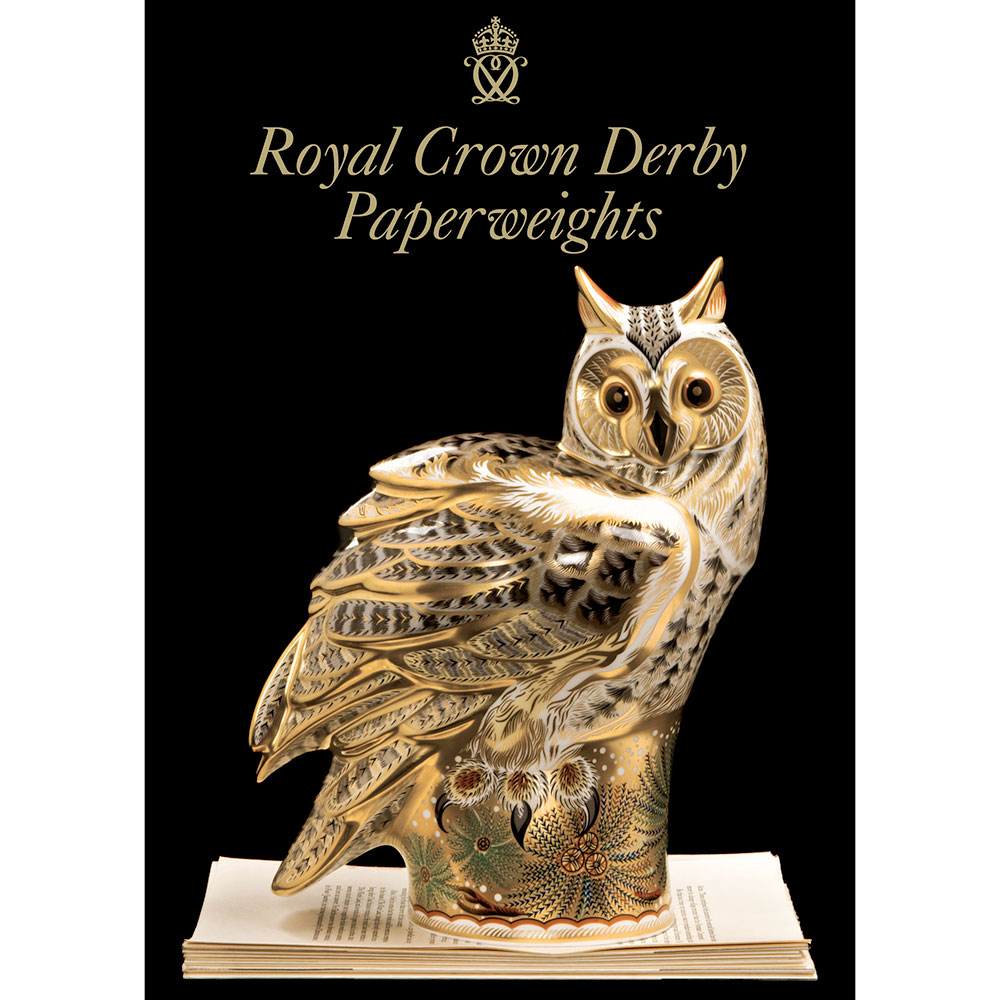
Royal Crown Derby Paperweights book by Ian Cox
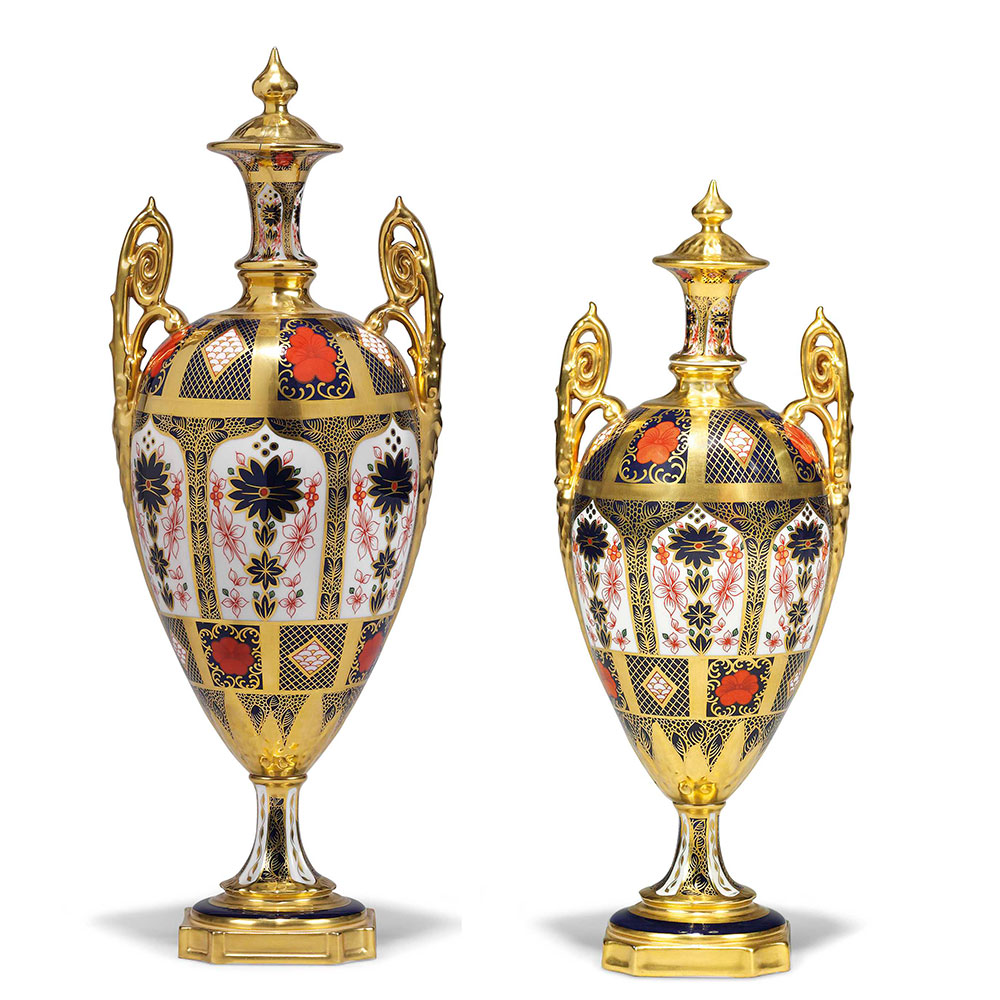
Old Imari Vases
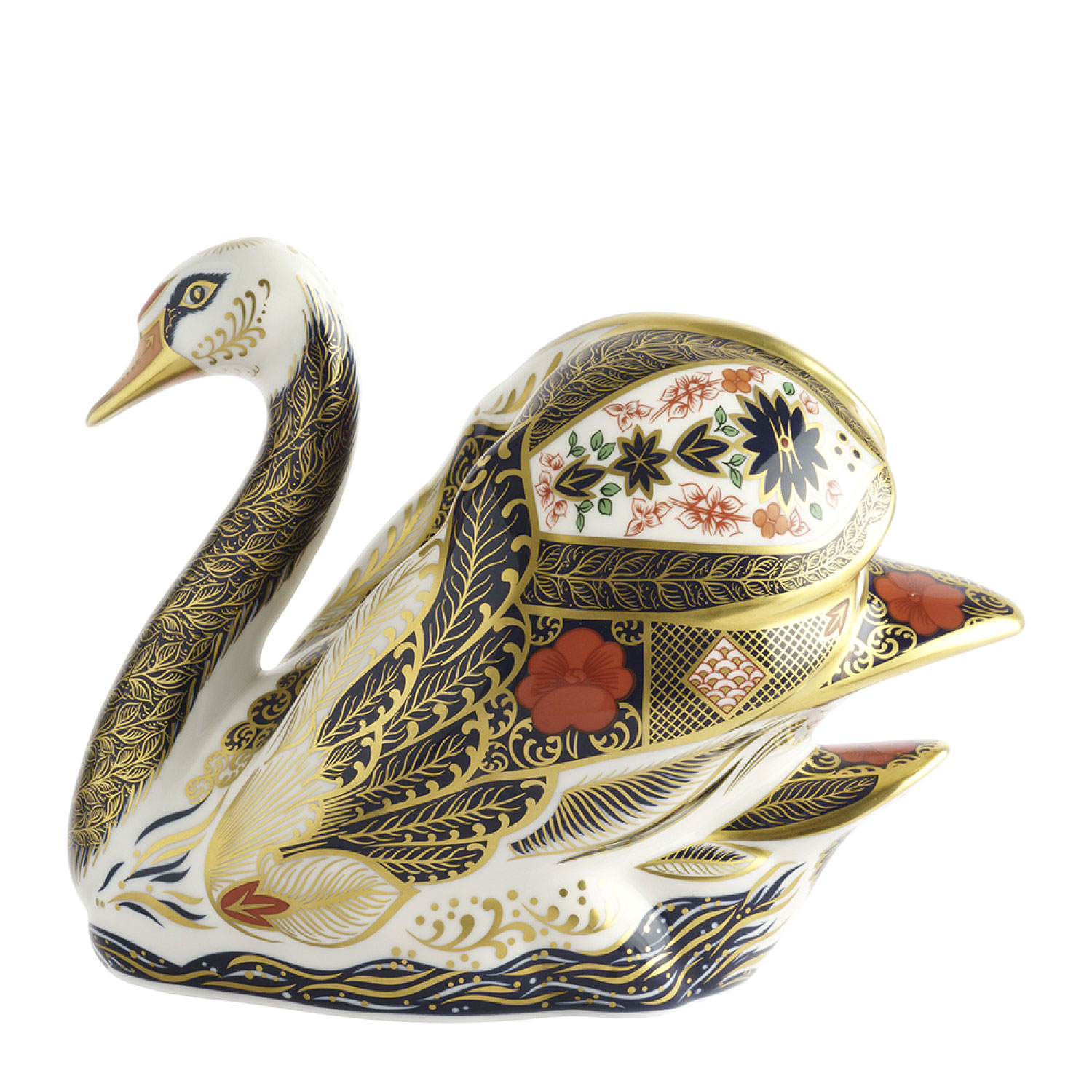
Old Imari Swan
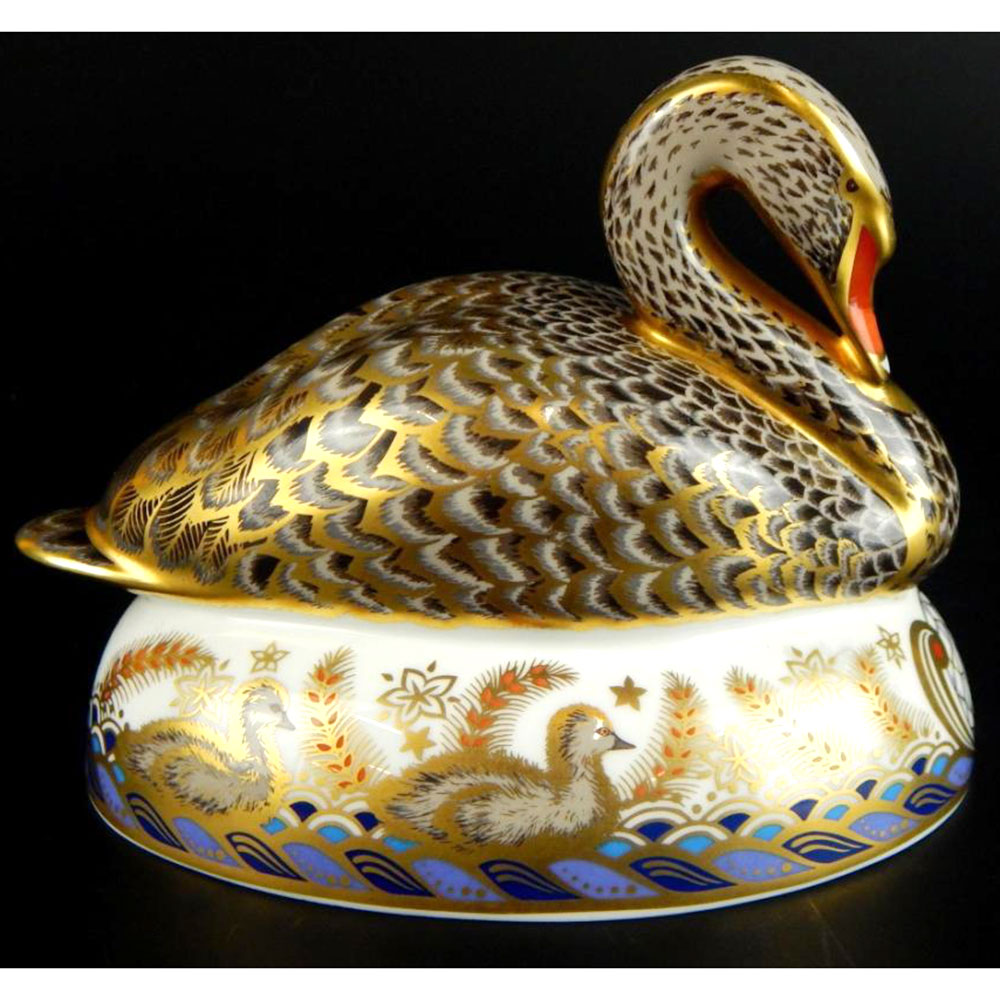
Jubilee Black Swan
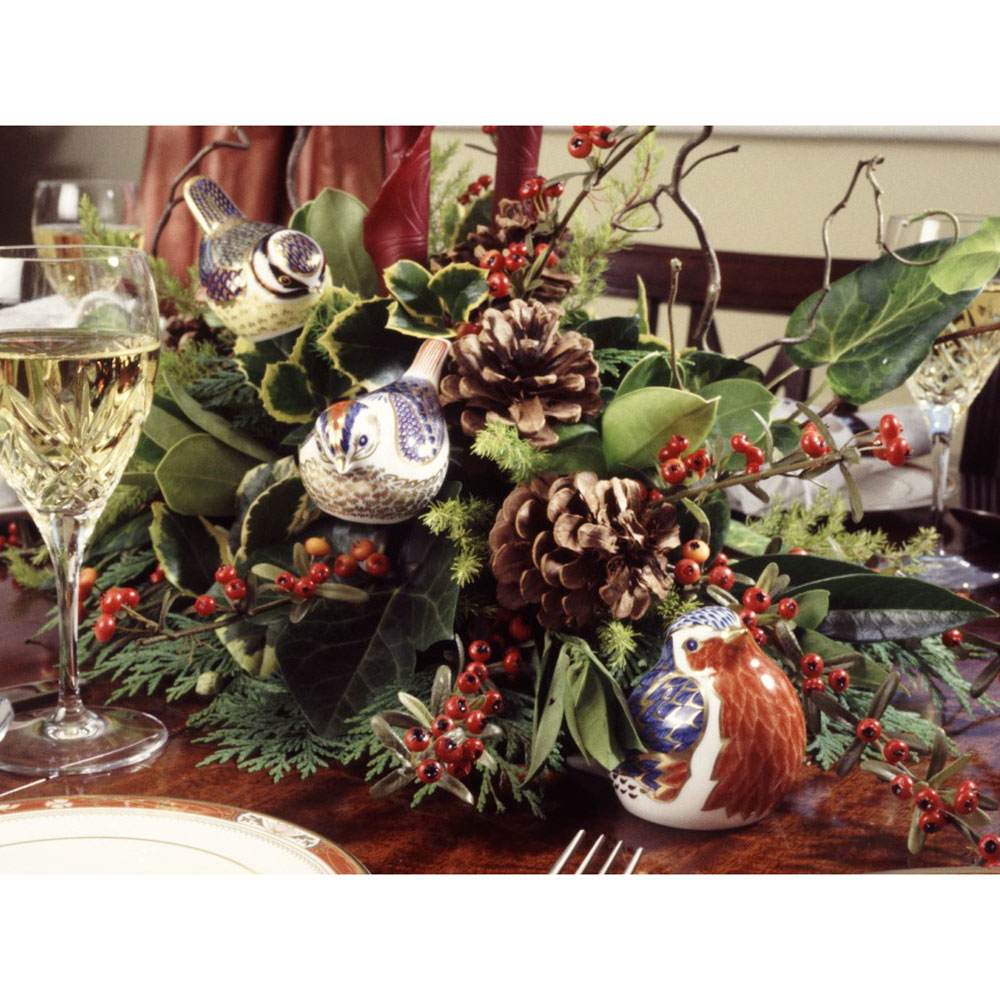
Festive table with early bird paperweights
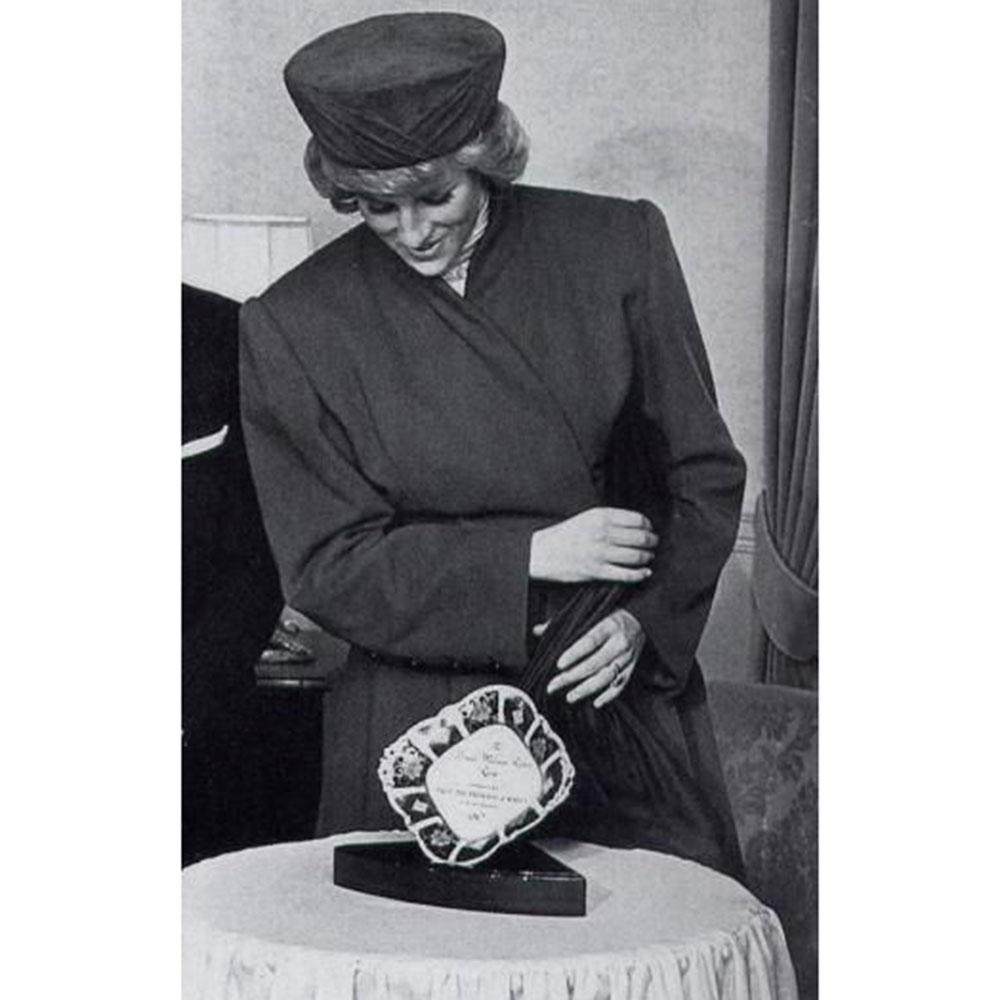
Princess Diana visiting Royal Crown Derby

Royal Crown Derby Factory
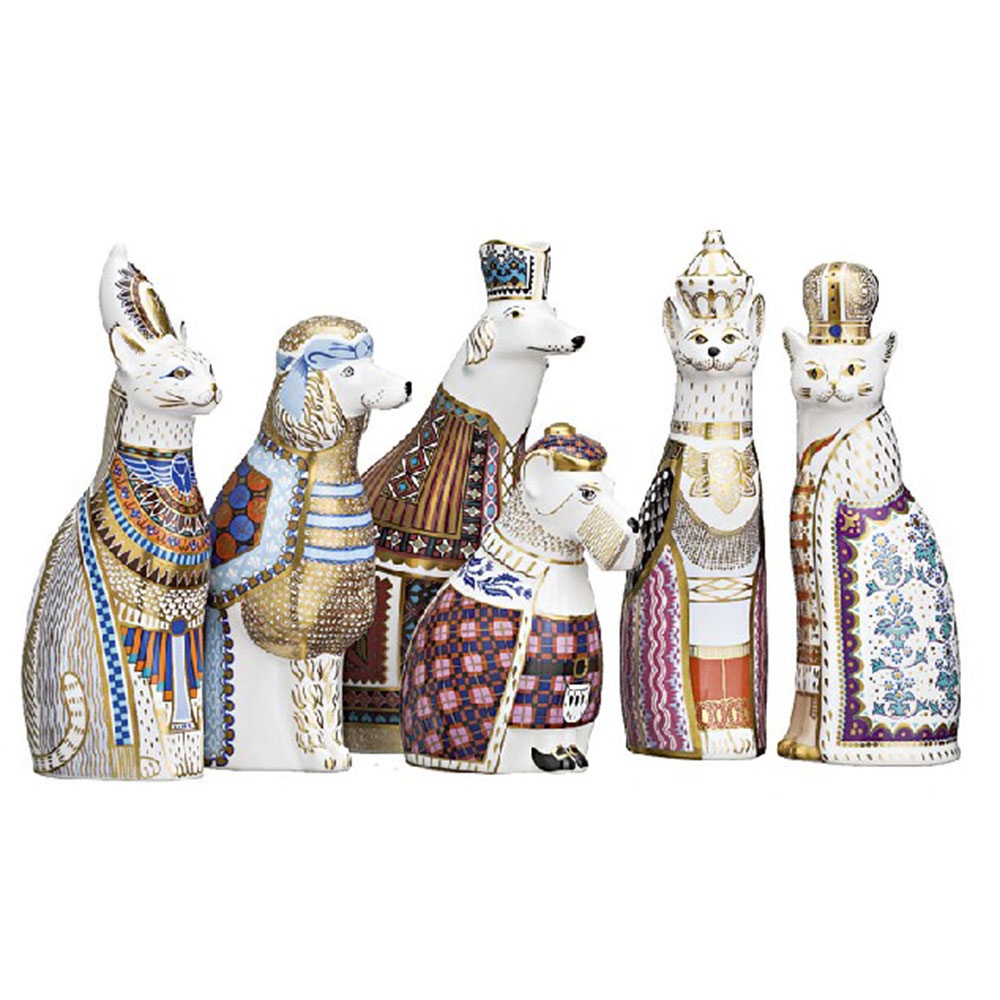
Royal Cats and Dogs
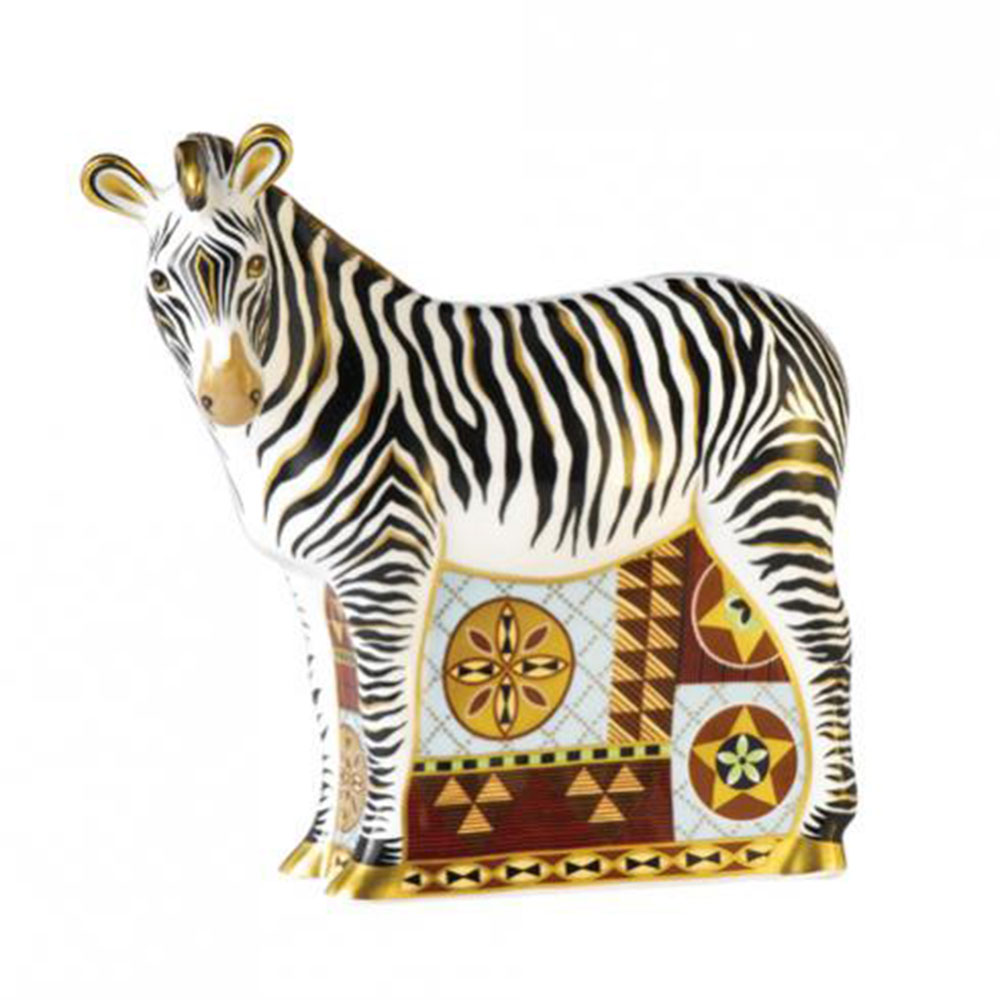
Grevys Zebra
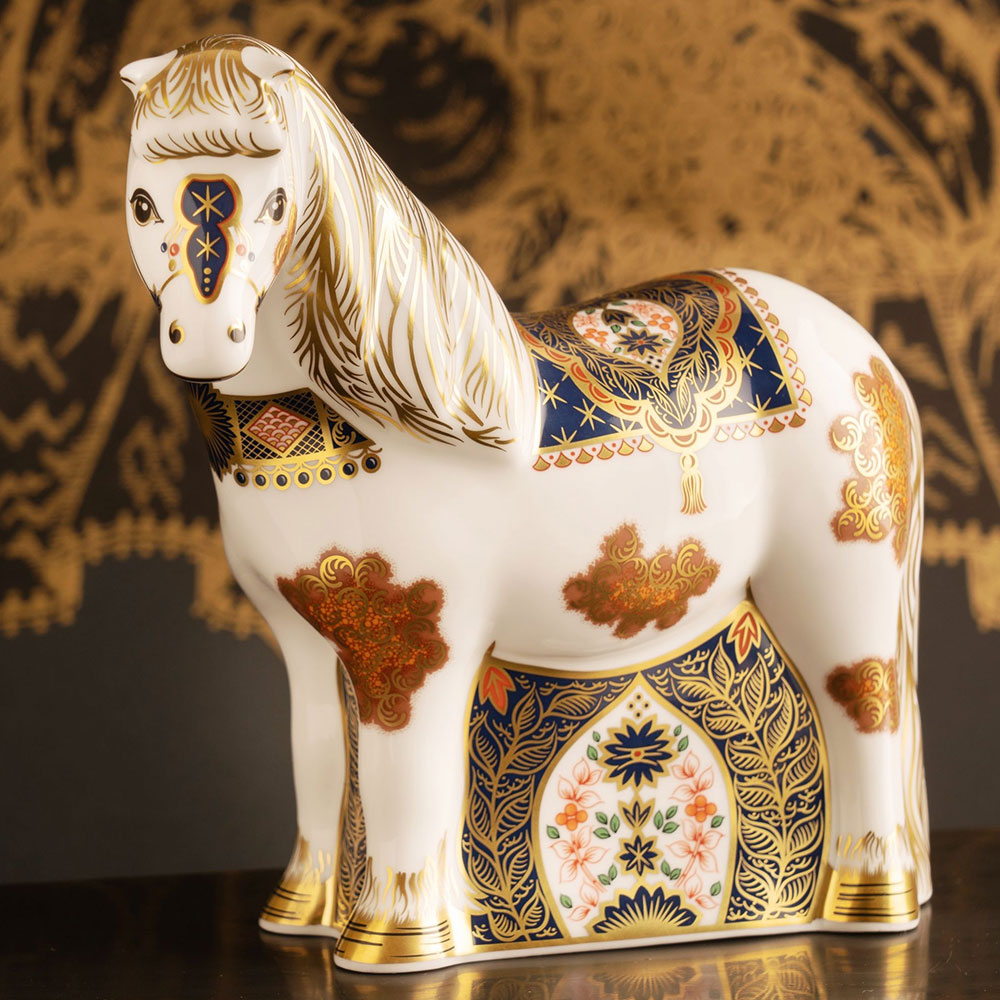
Shetland Pony
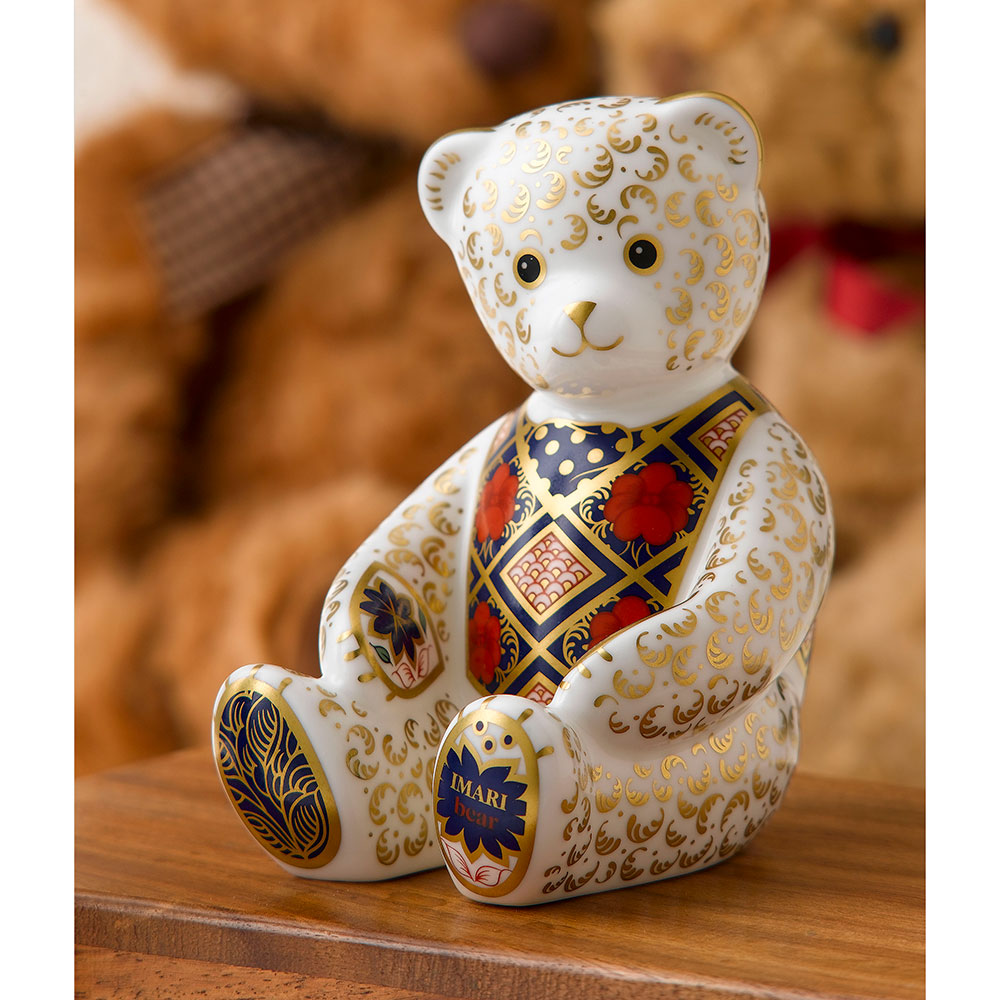
Teddy Bear paperweight
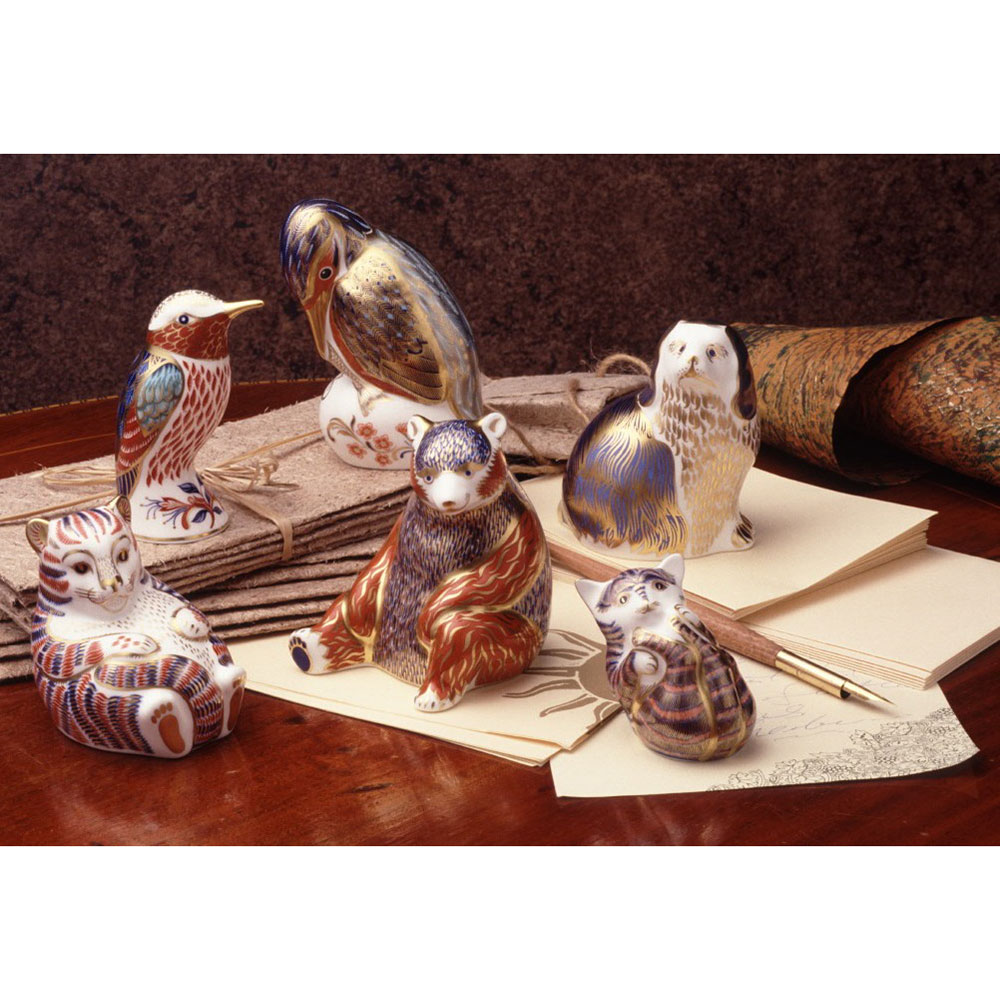
Royal Crown Derby paperweights
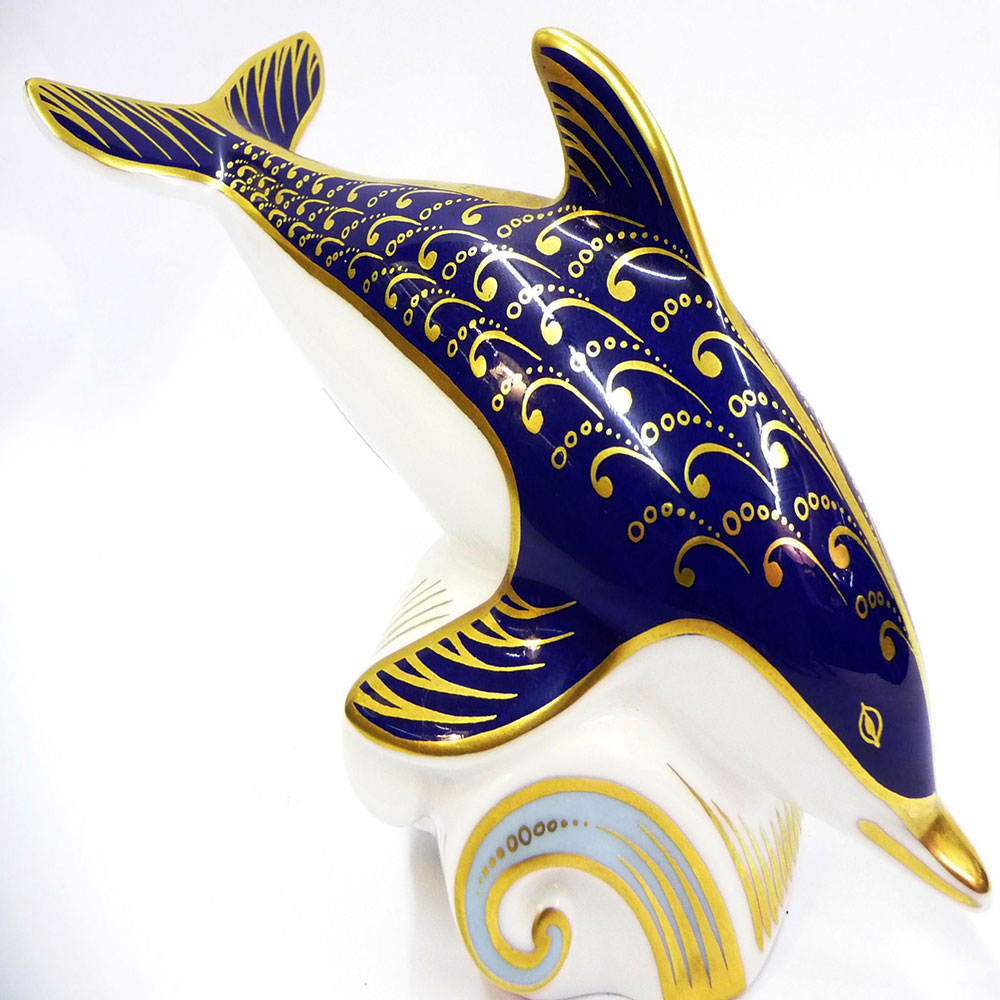
Dolphin
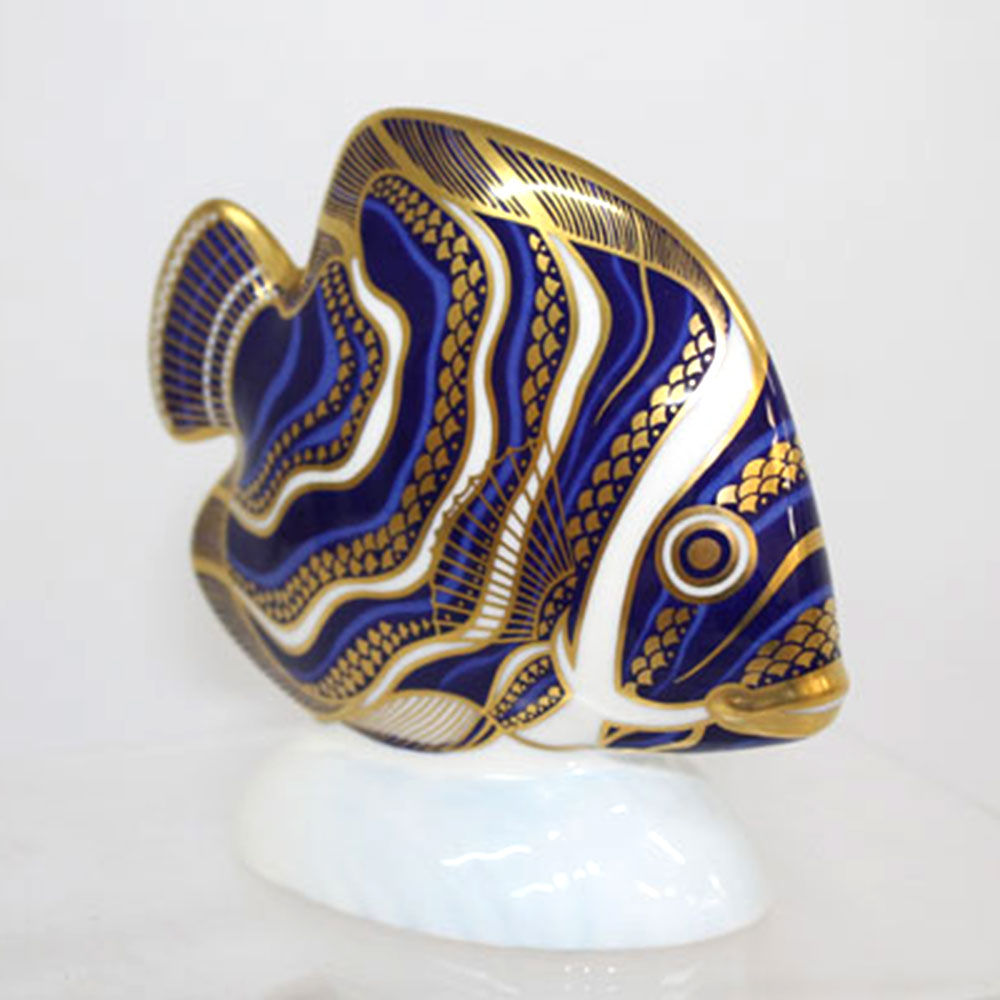
Koran Angel Fish
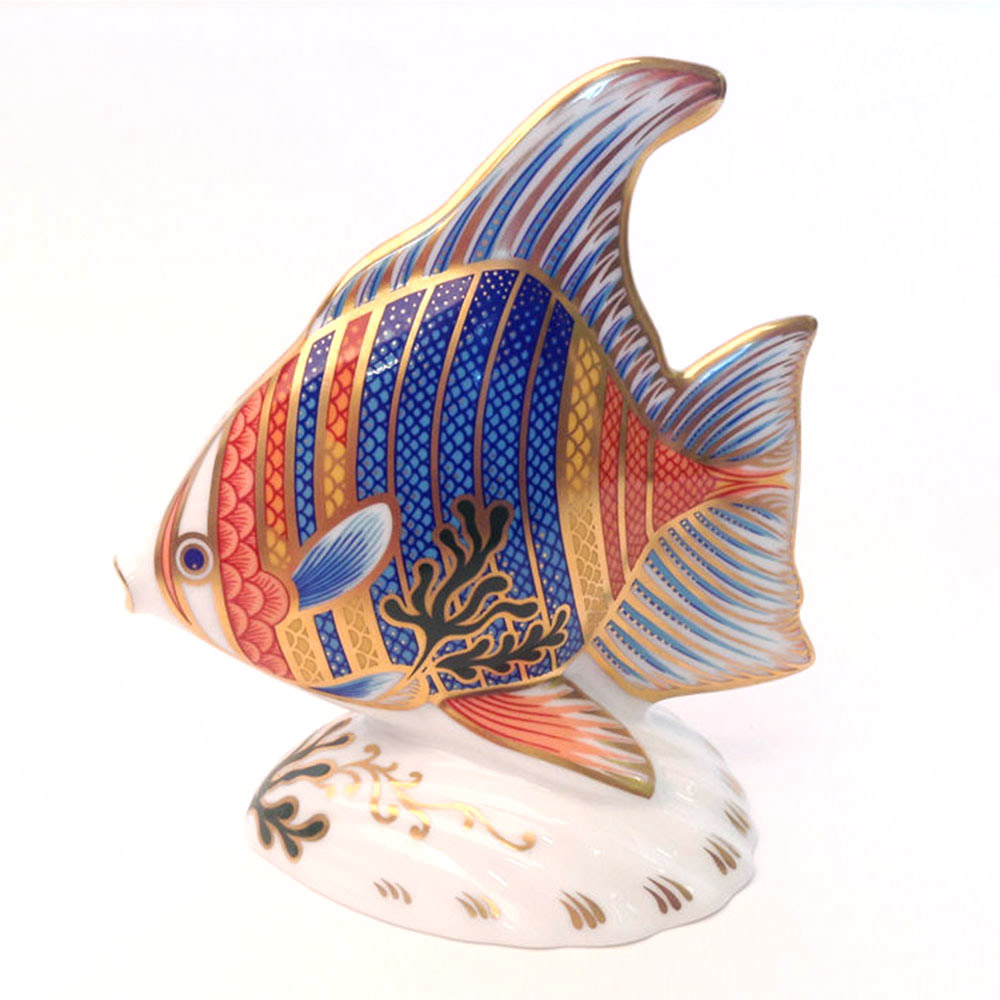
Angel Fish
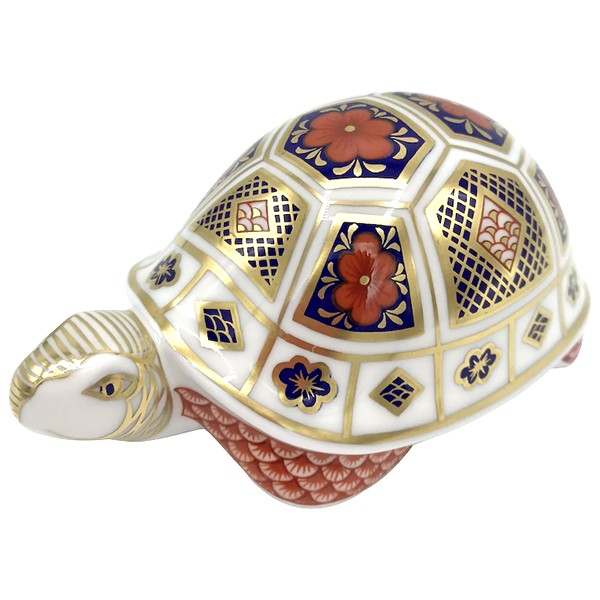
Yorkshire Rose Tortoise
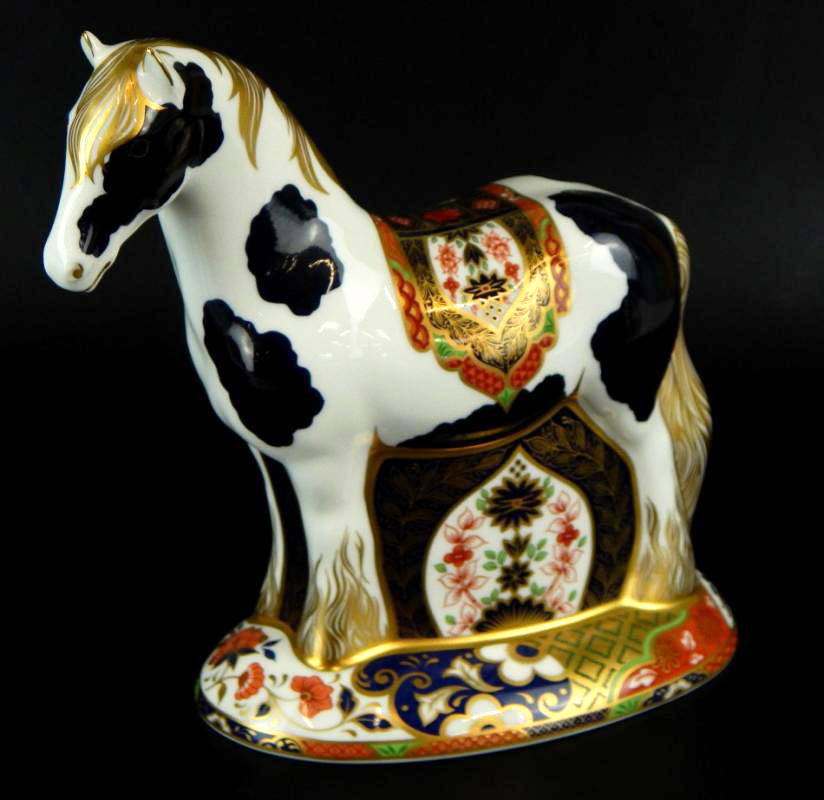
Appleby Stallion
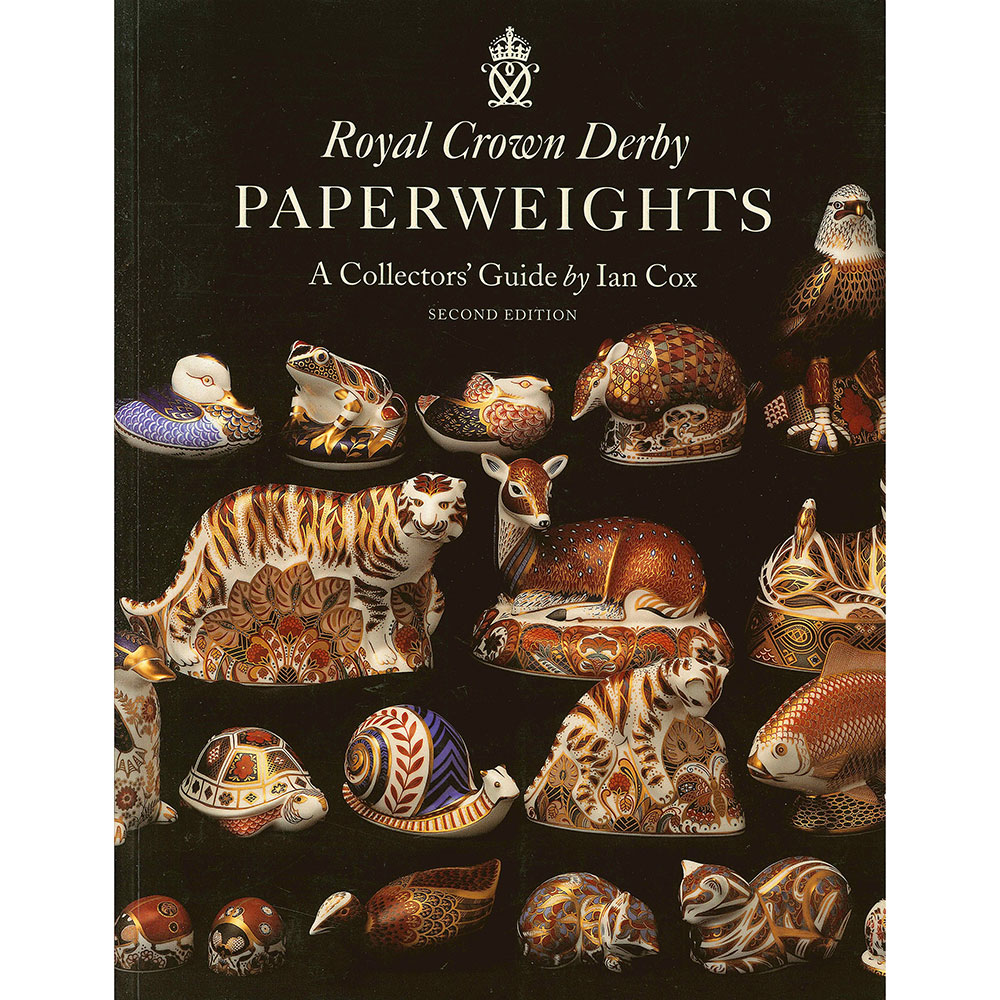
Royal Crown Derby book by Ian Cox
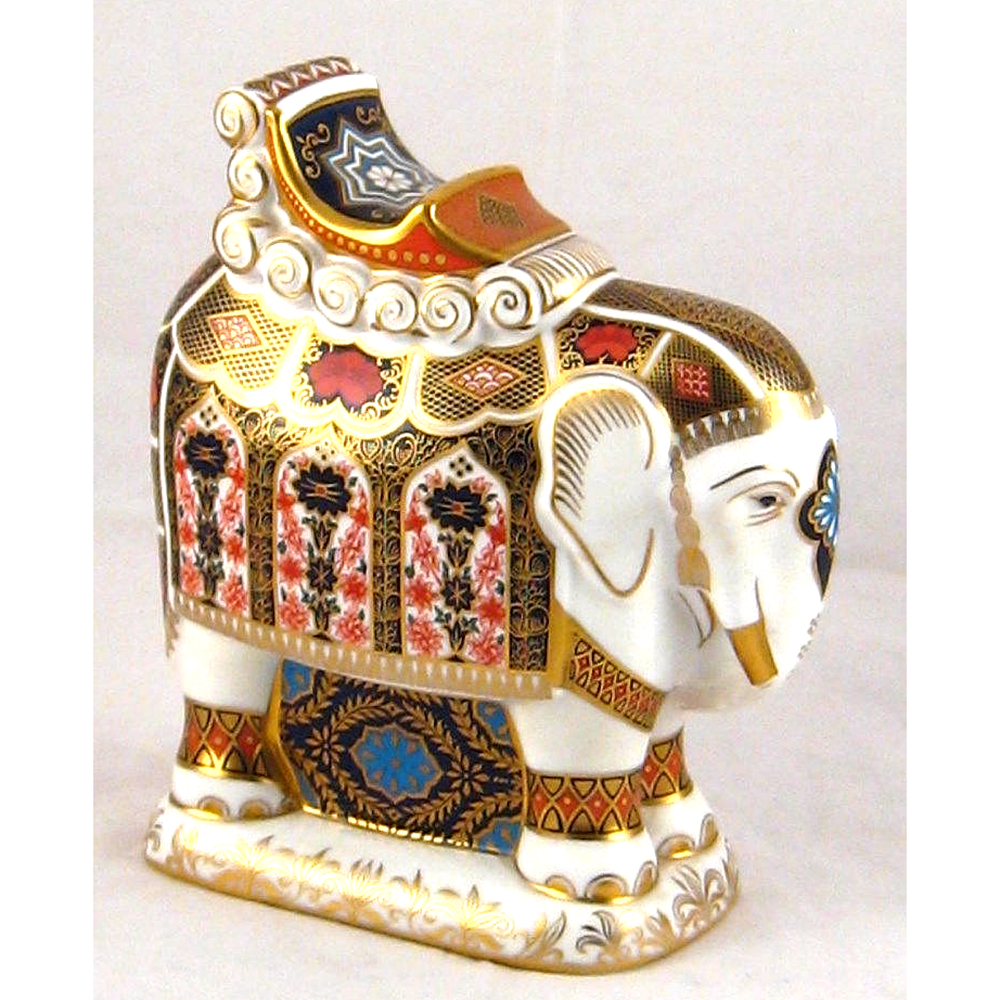
Elephant
